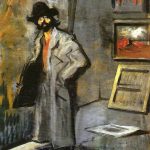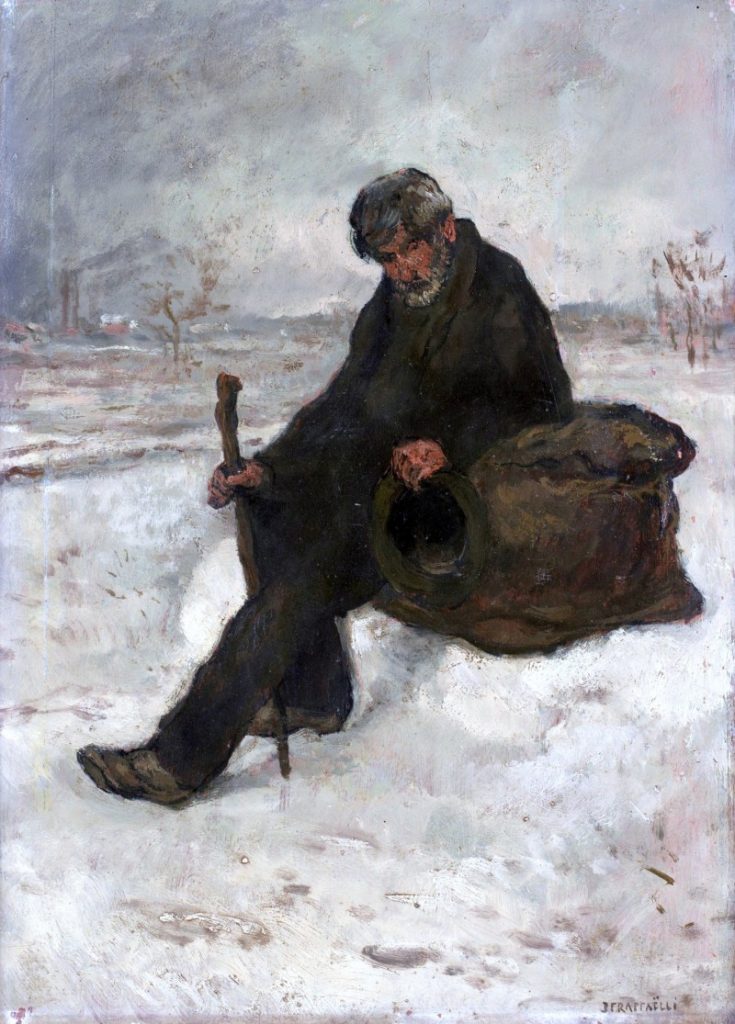
Jean-François Raffaëlli (1850–1924), a French painter, printmaker, and sculptor, played a pivotal role in the late 19th-century French art scene, contributing to the evolving artistic movements of the time. Born on April 20, 1850, in Paris, Raffaëlli’s artistic journey reflects a rich tapestry of influences and a commitment to capturing the diverse facets of contemporary urban life.
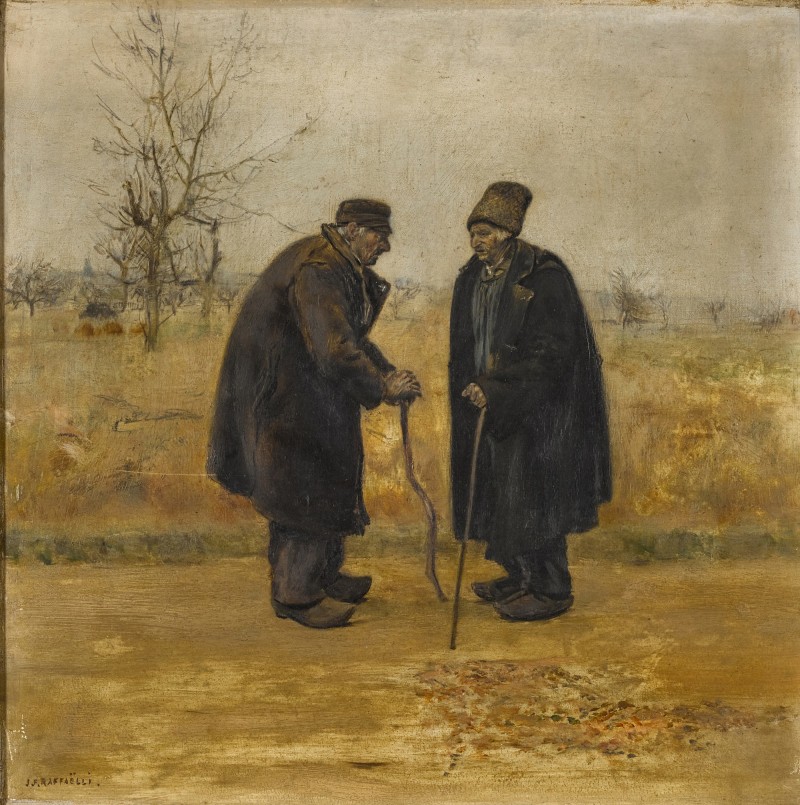
Growing up in a rapidly changing Paris, Raffaëlli’s early experiences were marked by the tumultuous events of the Franco-Prussian War and the ensuing Commune. These formative years instilled in him a sense of social awareness and a keen observation of the human condition, themes that would permeate his later artistic works.
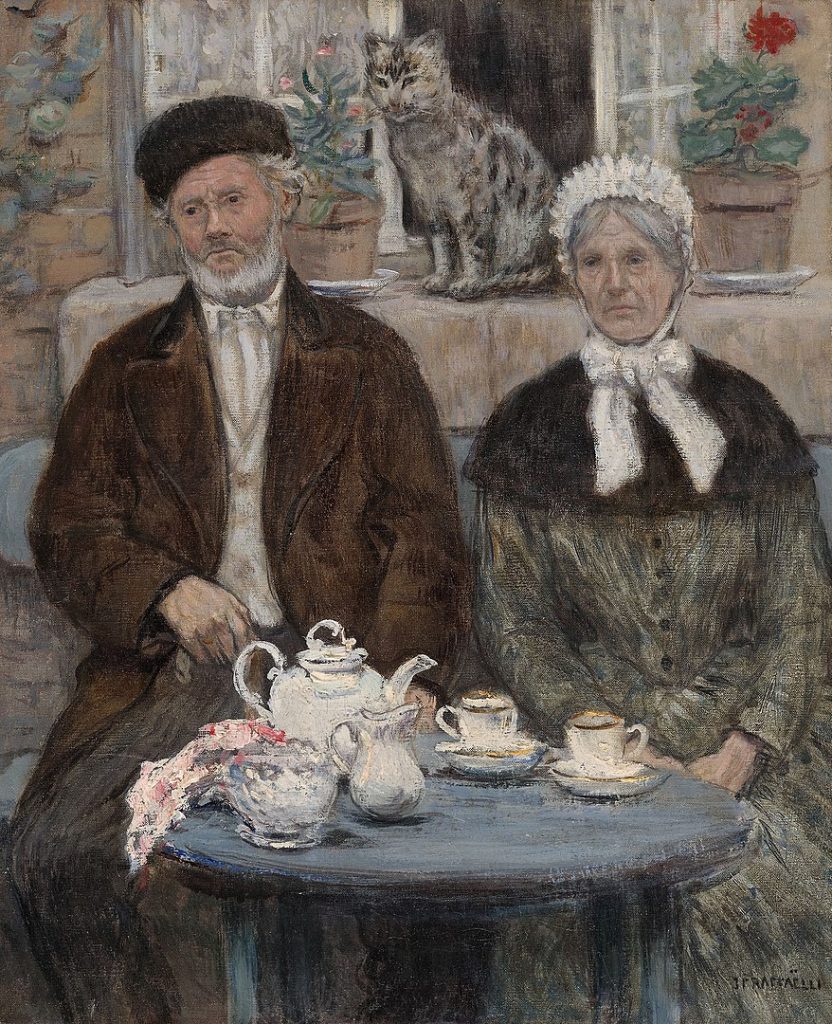
Raffaëlli’s formal artistic training began at the École des Beaux-Arts in Paris, where he studied under the tutelage of Gustave Boulanger and Jules Lefebvre. While exposed to academic traditions, Raffaëlli’s artistic sensibilities were also shaped by the realist movement, with its emphasis on depicting scenes from everyday life with unvarnished authenticity.
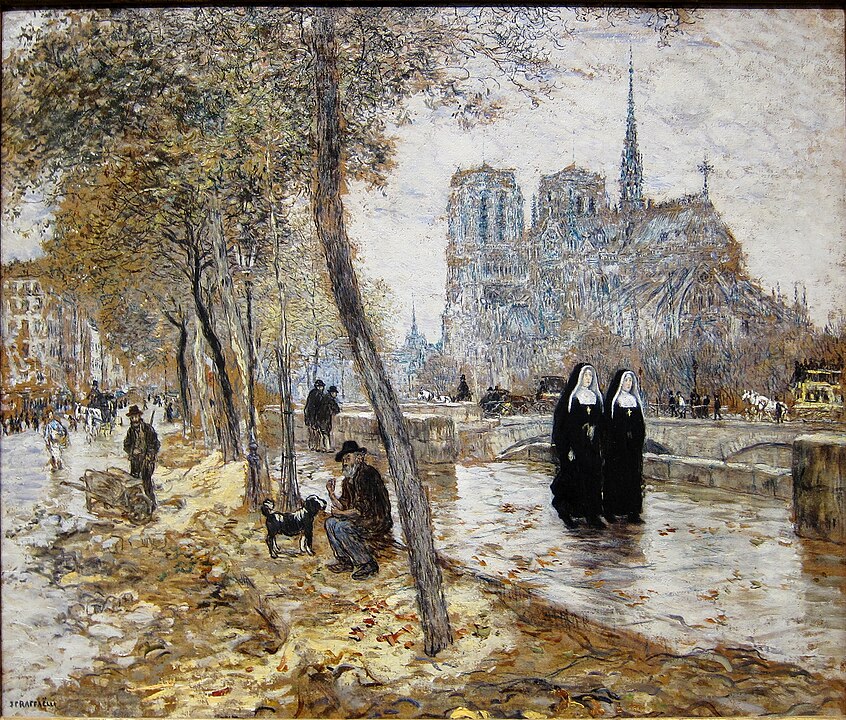
One of Raffaëlli’s notable contributions to art was his involvement with the Naturalist movement. Alongside fellow artists like Édouard Manet and Edgar Degas, he sought to capture the realities of contemporary society, particularly focusing on the urban working class. His paintings often portrayed scenes of Parisian streets, suburban life, and the struggles of the lower classes.
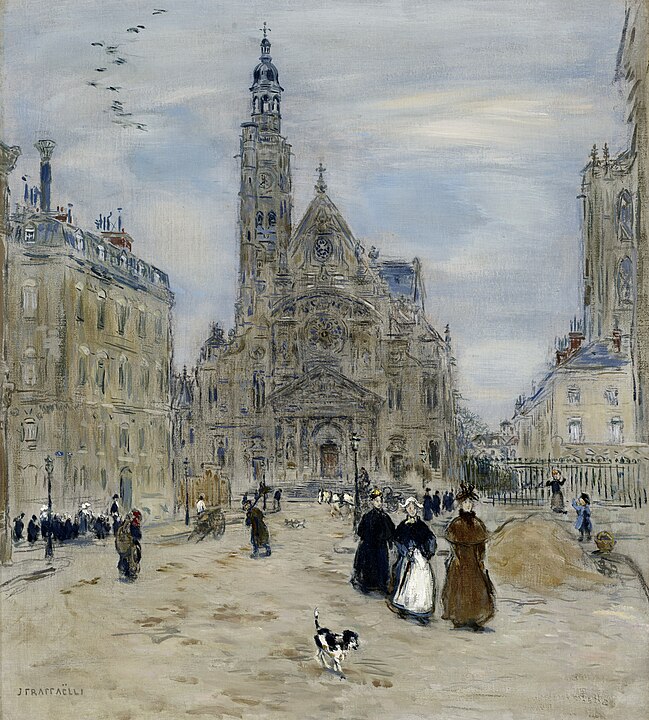
Raffaëlli’s ability to capture the fleeting moments of everyday life and convey the effects of changing light on urban landscapes set him apart as a master of plein air painting. His works, such as “The Absinthe Drinkers” and “The Drunkard,” exemplify his skill in portraying the human experience with a blend of empathy and realism.
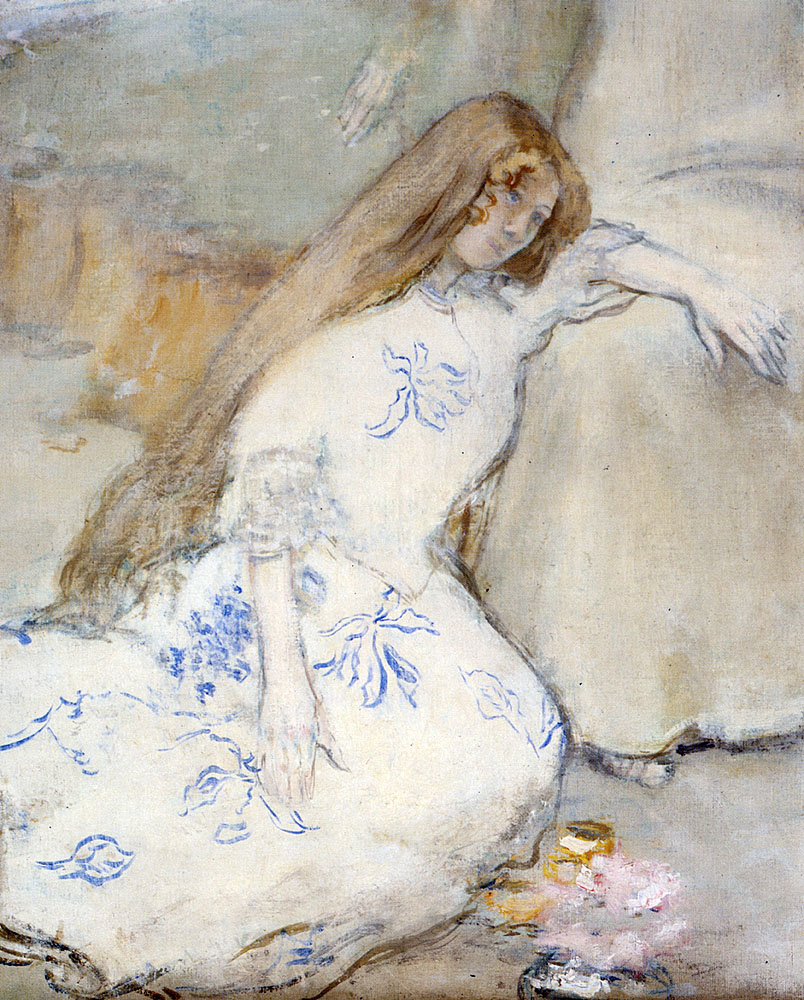
In addition to his achievements in painting, Raffaëlli explored printmaking and sculpture. His graphic works, including etchings and lithographs, further demonstrated his versatility and innovative approach to capturing the nuances of modern life. Raffaëlli’s sculptures, often depicting figures from the lower echelons of society, complemented his broader exploration of social themes.
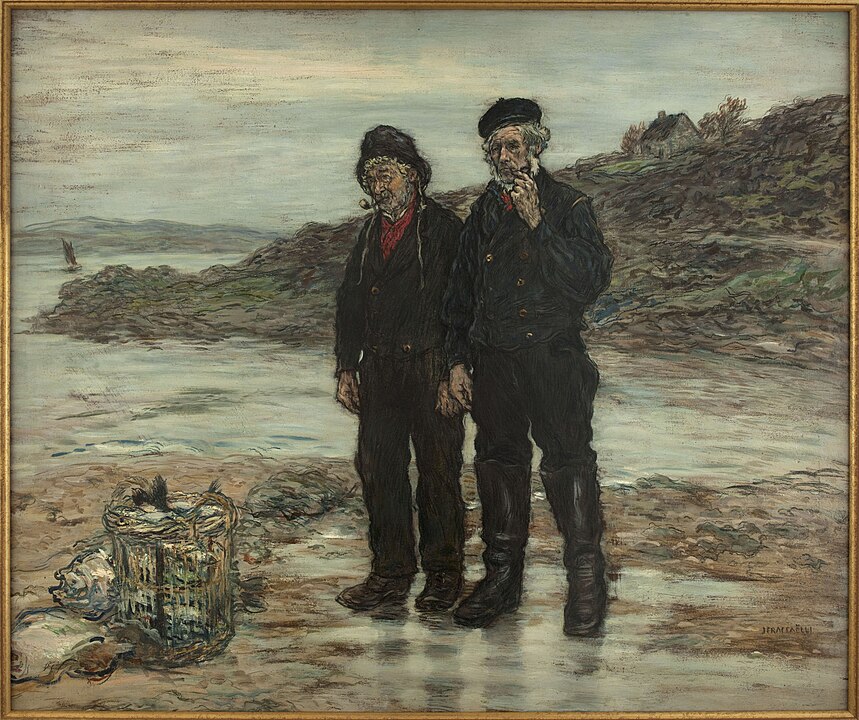
Despite his association with the Naturalist movement, Raffaëlli’s oeuvre defied easy categorization. His later works exhibited a shift toward more symbolist and tonalist influences, showcasing his adaptability and willingness to evolve as an artist.
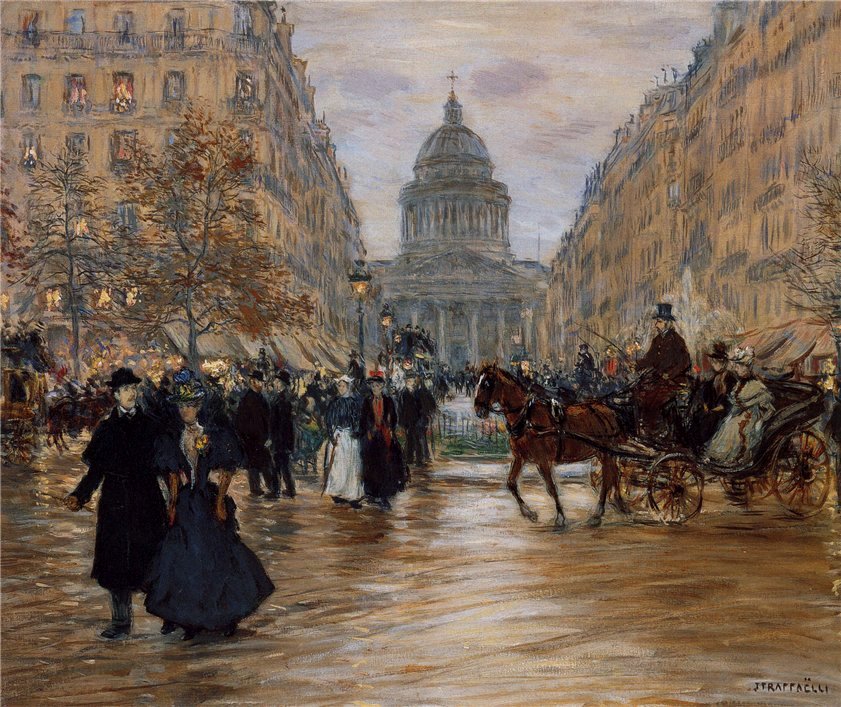
Jean-François Raffaëlli’s legacy endures as a testament to his multifaceted artistic talent and his contribution to the evolving landscape of French art. His ability to navigate the changing tides of artistic movements while maintaining a focus on the human experience solidifies his place in the annals of art history.
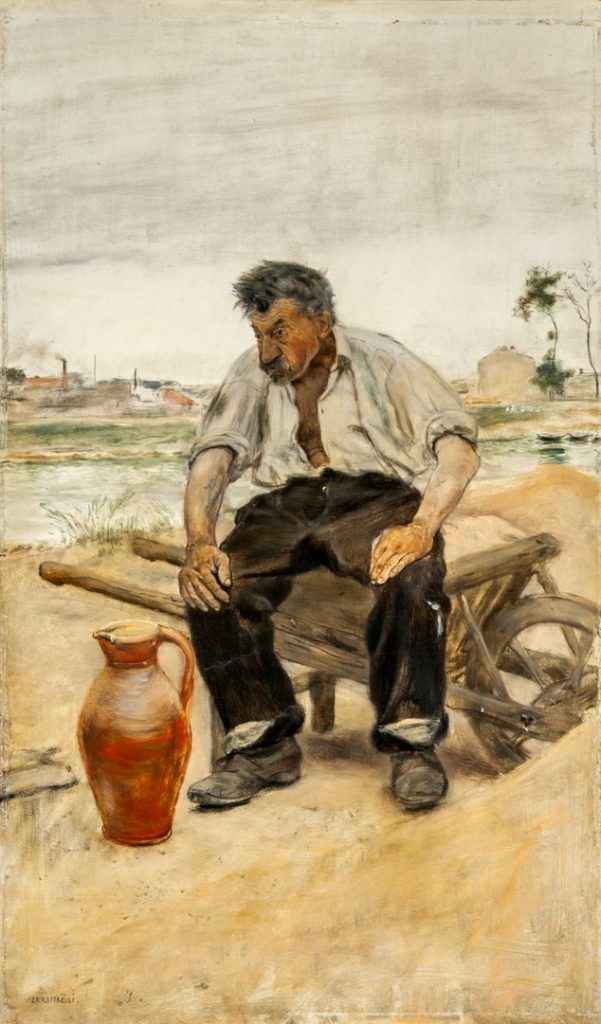
Raffaëlli continued to paint and exhibit his works until his passing on February 11, 1924. His paintings, characterized by a blend of social consciousness and aesthetic innovation, remain a valuable part of the rich tapestry of French art from the late 19th to the early 20th century.
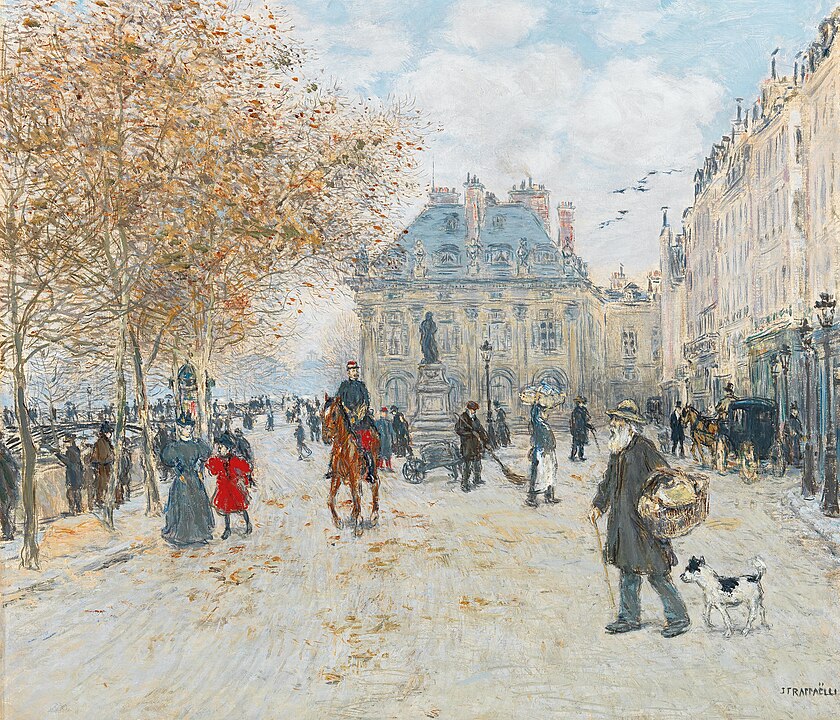
In conclusion, Jean-François Raffaëlli’s biography is a testament to his versatility and adaptability as an artist. His exploration of diverse mediums and themes, coupled with his commitment to depicting the realities of contemporary life, establishes him as a significant figure in the dynamic landscape of French art during a period of profound change.






